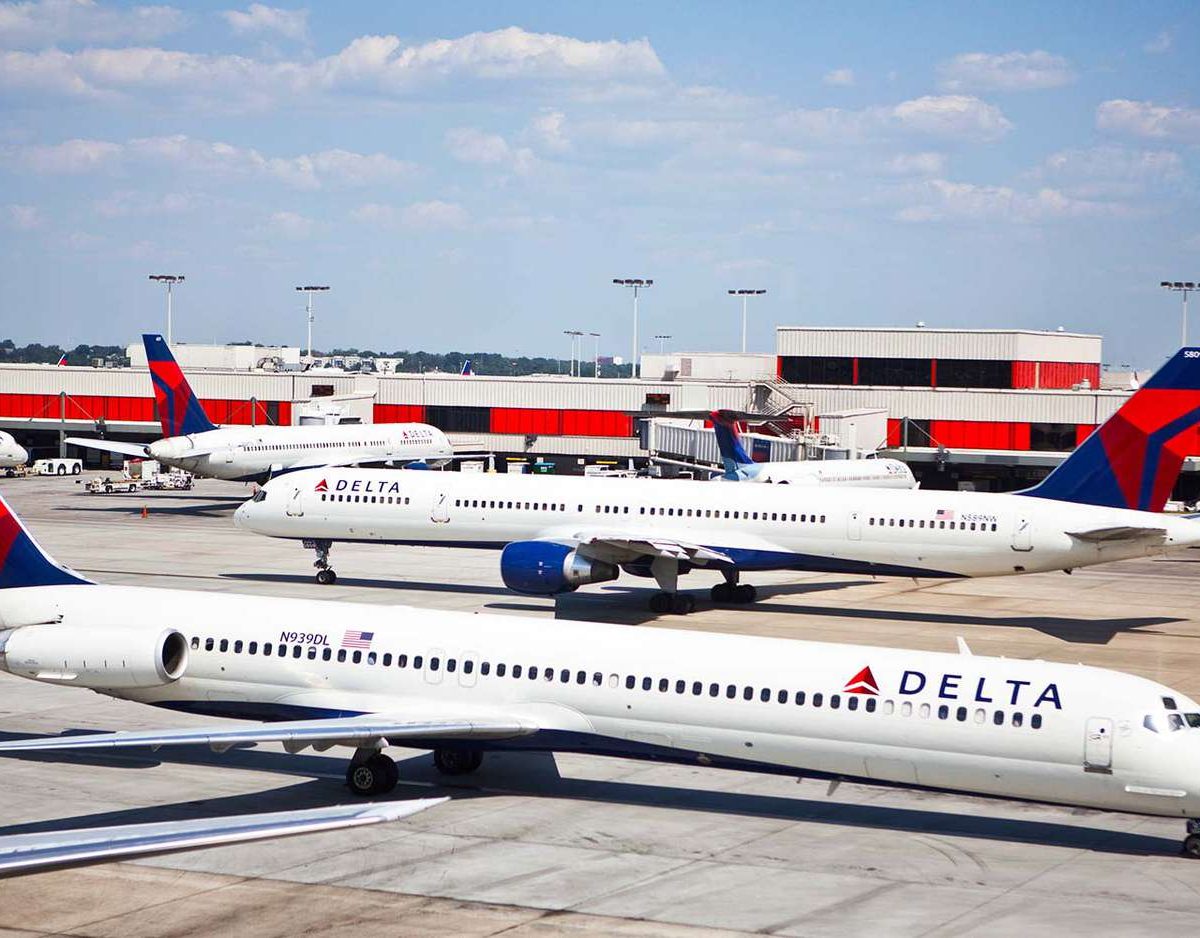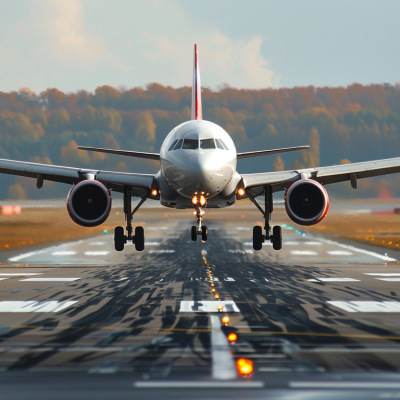Did you know the world’s busiest airport is a Delta hub? That’s right, Hartsfield-Jackson Atlanta International Airport is the heart of Delta’s global network, connecting travelers to over 200 destinations worldwide.
As a frequent flyer myself, I’ve learned that understanding Delta’s hub-and-spoke system is key to unlocking this major airline’s power.
By strategically placing hubs at critical airports across the U.S. and abroad, Delta can efficiently route passengers almost anywhere with just one stop.
In this guide, we’ll jet off together on a journey through Delta’s top hubs. I’ll share the story behind each airport’s unique role, from Detroit’s gateway to Asia to New York City’s transatlantic ties.
We’ll also explore the amenities and insider secrets I’ve discovered for smoother connections.
The Significance of Delta’s Hub-and-Spoke System
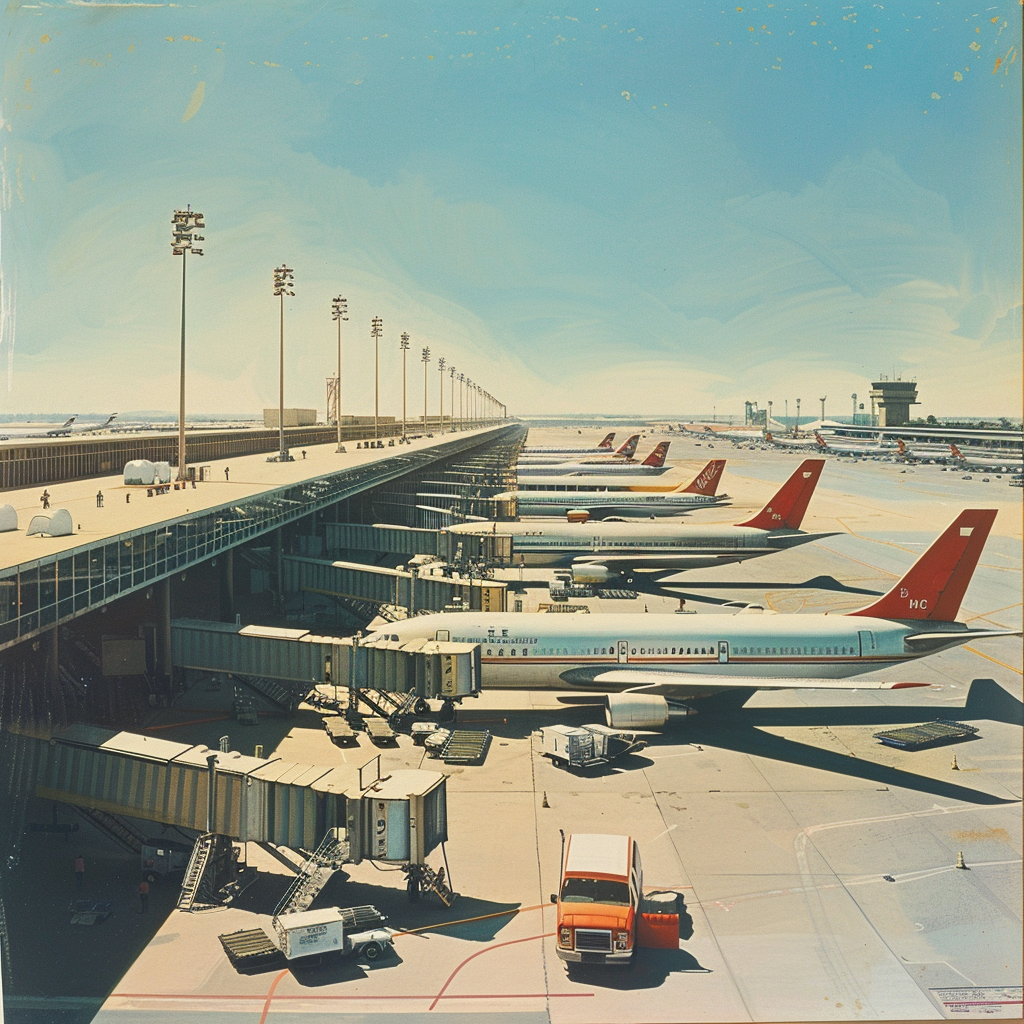
As a frequent Delta flyer, I’ve come to appreciate the genius behind the airline’s hub-and-spoke route network.
It’s the backbone of Delta’s global success, and understanding how it works is key to unlocking seamless travel across the airline’s vast reach.
So, what exactly is a hub-and-spoke system? Picture a bicycle wheel with the hub at the center and spokes radiating outward.
In Delta’s case, the hubs are strategically located airports that serve as central transfer points.
The spokes are the routes that connect these hubs to other destinations.
Here’s why this model is so powerful:
- Efficiency: By funneling flights through hubs, Delta can consolidate passengers from multiple origins onto a single flight to their final destination. This means fewer empty seats and more cost-effective operations.
- Connectivity: The hub-and-spoke system allows Delta to offer a wider range of destinations with fewer direct flights. Passengers can easily connect through a hub to reach their final destination, often with just one stop.
- Flexibility: Hubs enable Delta to adjust its route network based on demand. If a new destination becomes popular, Delta can add a spoke from the nearest hub rather than establishing a whole new direct flight.
- Competitiveness: By concentrating its resources at key hubs, Delta can offer more flights, better amenities, and a stronger market presence than airlines with a more dispersed network.
As we explore Delta’s top hubs, you’ll see how each one plays a crucial role in the airline’s global network. From the bustling streets of Atlanta to the bright lights of Los Angeles, these hubs keep Delta’s passengers connected to the world.
A Deep Dive into Delta’s Major U.S. Hubs
1. Hartsfield-Jackson Atlanta International Airport (ATL)
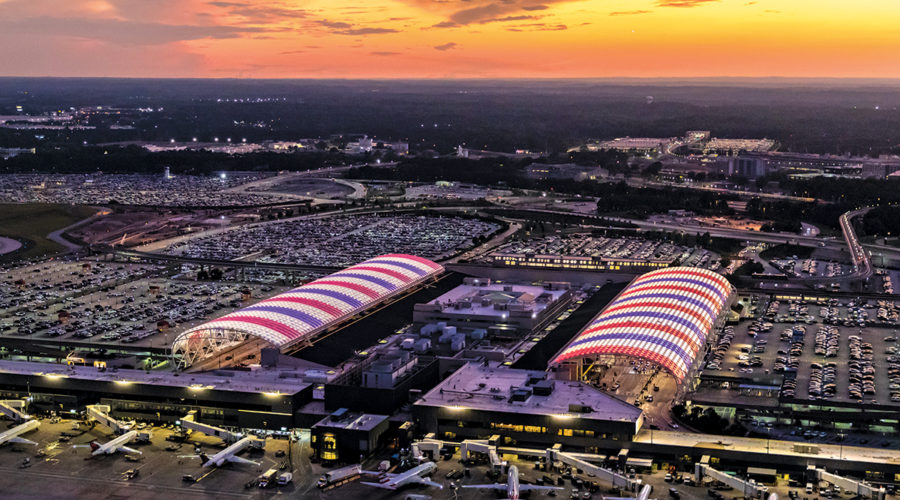
With over 1,000 flights per day to more than 225 destinations worldwide, ATL is Delta’s epicenter. The airport boasts an impressive seven concourses, each housing a variety of dining, shopping, and entertainment options.
The underground “Plane Train” makes navigating this sprawling hub a breeze, connecting passengers to their gates in minutes.
People always look forward to visiting the Delta Sky Club in Concourse B, the largest in the airline’s network. You can refresh, recharge, and even catch up on work before your next flight.
But ATL isn’t just about size and amenities. It’s also a testament to Delta’s commitment to innovation and sustainability.
The airport’s state-of-the-art recycling program and water conservation efforts have set a new standard for eco-friendly aviation.
Whether you’re connecting to a domestic or international flight, ATL is the gateway to Delta’s global network.
With its unparalleled efficiency and world-class facilities, it’s no wonder that this hub is the crown jewel of Delta’s operations.
2. Los Angeles International Airport (LAX)
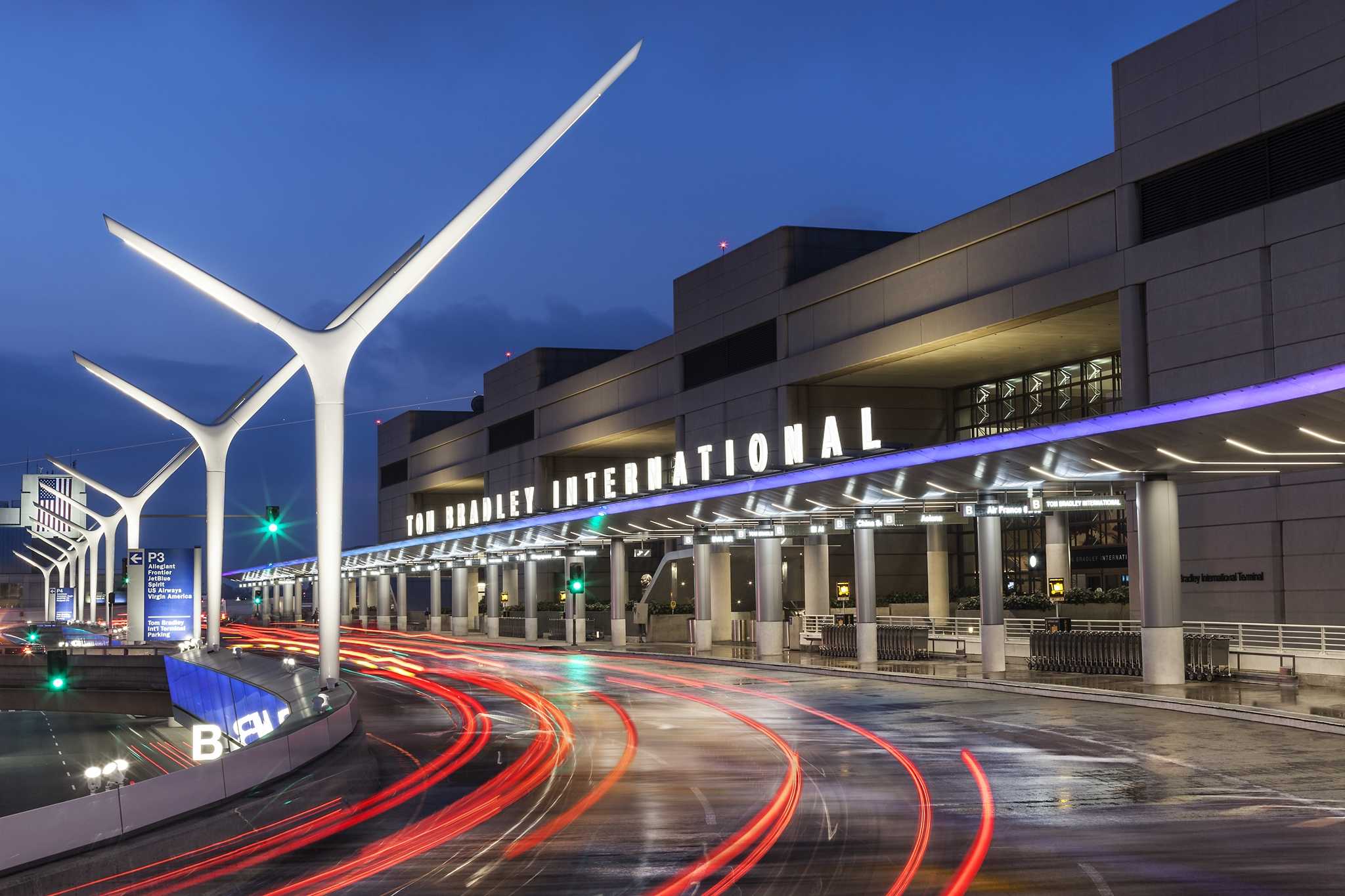
I’ve always appreciated the convenience and connectivity provided by Delta’s hub at Los Angeles International Airport (LAX).
This bustling hub is a gateway to Asia, Australia, and Latin America and a key connecting point for domestic flights.
Delta’s state-of-the-art terminal at LAX, complete with modern amenities and an impressive Sky Club, makes traveling through this hub a pleasure.
I love exploring the diverse dining options and unique art installations that reflect Los Angeles’s vibrant culture.
With its strategic location and strong international presence, LAX is a vital cog in Delta’s global network, ensuring that passengers like you and me can easily reach our destinations on the West Coast and beyond.
3. John F. Kennedy International Airport (JFK)
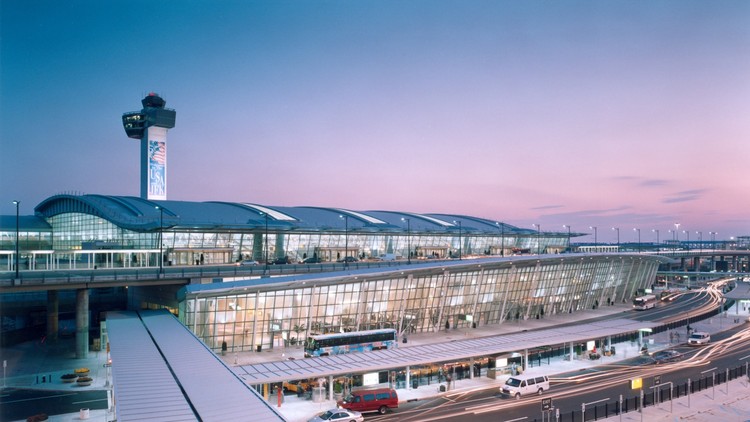
New York City never sleeps, and Delta’s hub at John F. Kennedy International Airport (JFK) is no exception.
As one of the airline’s key international gateways, JFK is a hub of activity, connecting passengers to destinations across Europe, Africa, and the Middle East.
I’ve always been impressed by the efficiency and convenience of Delta’s Terminal 4 at JFK.
The spacious Sky Club, complete with showers and a sky deck, is a welcome oasis amidst the hustle and bustle of this busy airport.
But what sets JFK apart is its unparalleled connectivity.
With over 200 daily departures to more than 90 destinations worldwide, this hub is a true global powerhouse, ensuring that Delta passengers can easily reach the world’s most iconic cities.
4. Seattle–Tacoma International Airport (SEA)
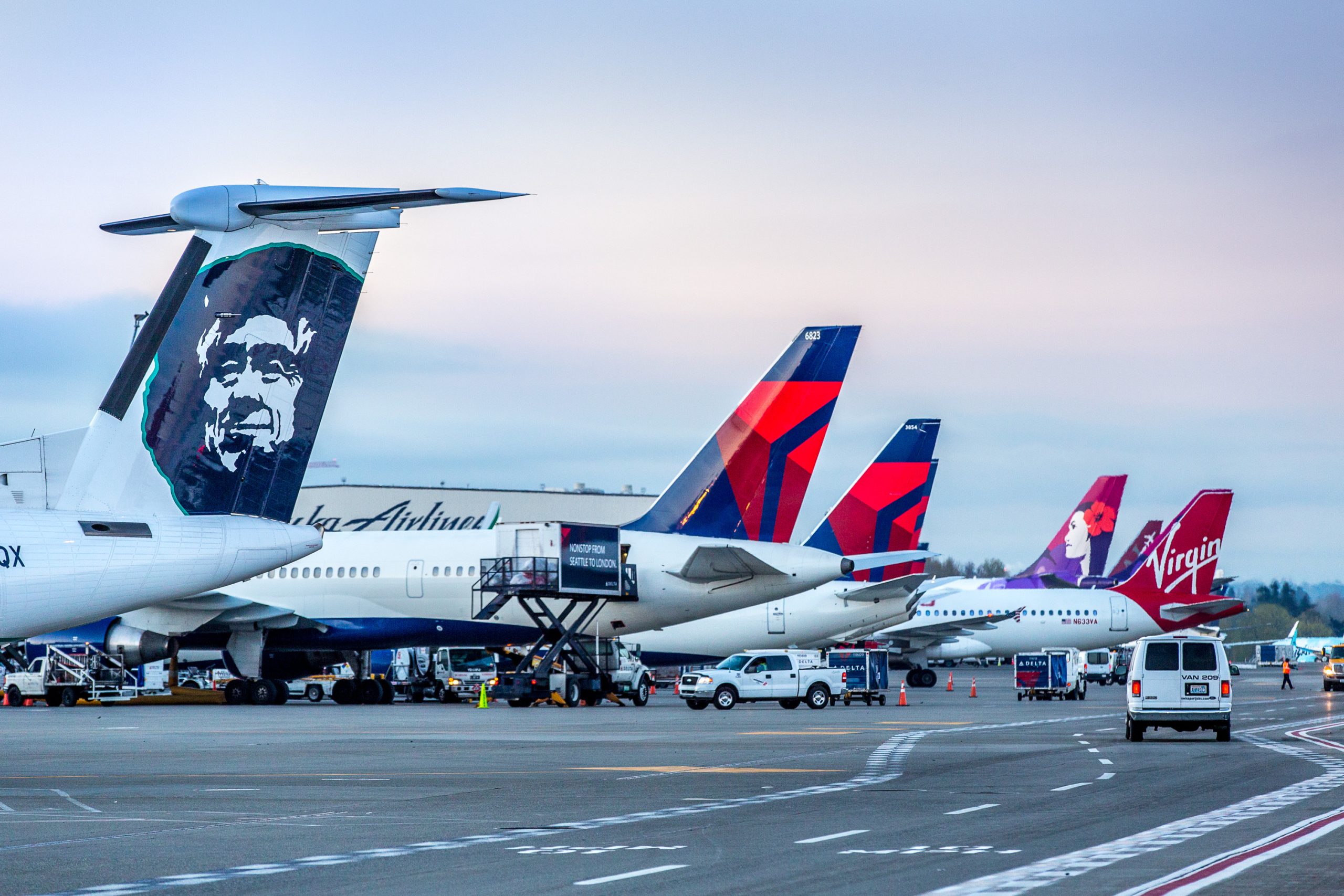
People have always appreciated Delta’s hub at Seattle–Tacoma International Airport (SEA) for its unbeatable access to the Pacific Northwest’s natural wonders.
But SEA is more than just a gateway to adventure; it’s also a key connecting point for flights to Asia and across the United States.
Delta’s modern facilities at SEA, including the recently renovated Sky Club, make traveling through this hub a breeze.
I love grabbing a coffee and enjoying the stunning views of Mount Rainier from the airport’s expansive windows.
With its strong domestic and international route network, SEA is vital to Delta’s West Coast operations.
Whether connecting to a flight to Tokyo or exploring the rugged beauty of the Pacific Northwest, this hub has you covered.
5. Logan International Airport (BOS)
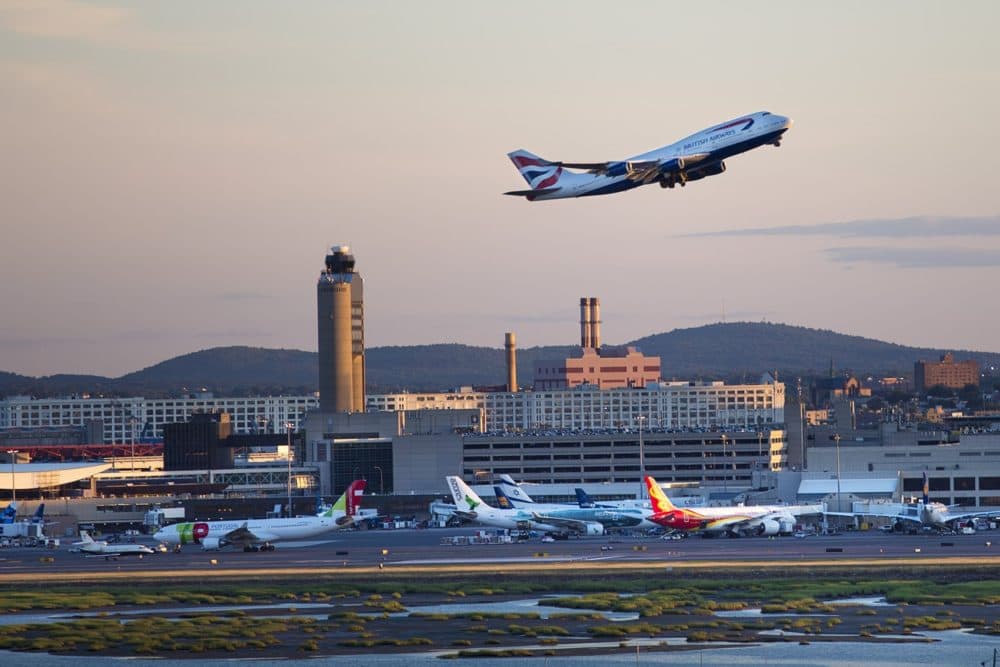
As a history buff, I’ve always been drawn to Boston’s rich heritage and cultural significance, and Delta’s hub at Logan International Airport (BOS) is the perfect gateway to this iconic city.
But BOS is more than just a starting point for exploring the Freedom Trail; it’s also a key connecting point for flights across the Northeast and Europe.
I appreciate the convenience of Delta’s Terminal A at BOS, which has modern amenities and easy access to ground transportation.
The Sky Club, with its comfortable seating and stunning views of the Boston skyline, is a welcome retreat before a long flight.
With its strategic location and strong transatlantic presence, BOS is an essential hub in Delta’s Northeast operations, ensuring that passengers can easily reach the historic streets of Boston and beyond.
6. Minneapolis/St Paul International Airport (MSP)
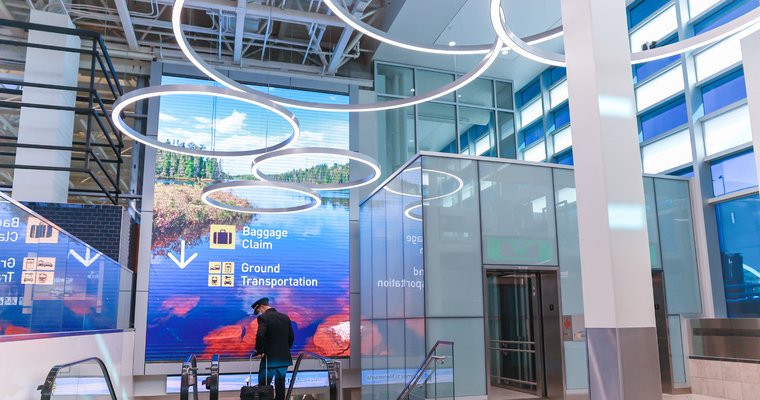
Having a soft spot for Delta’s hub at Minneapolis/St is okay. Paul International Airport (MSP). This bustling hub is a key connecting point for flights across the United States, particularly to the West Coast and Midwest.
I love Delta’s facilities at MSP’s cozy, welcoming atmosphere, from the fireplace in the Sky Club to the local art installations throughout the terminal.
The airport’s compact layout and efficient tram system make navigating this hub a breeze, even during peak travel times.
With its central location and strong domestic route network, MSP is vital to Delta’s Midwest operations.
Whether connecting to a flight to San Francisco or exploring the Twin Cities, this hub ensures a seamless travel experience.
7. LaGuardia Airport (LGA)
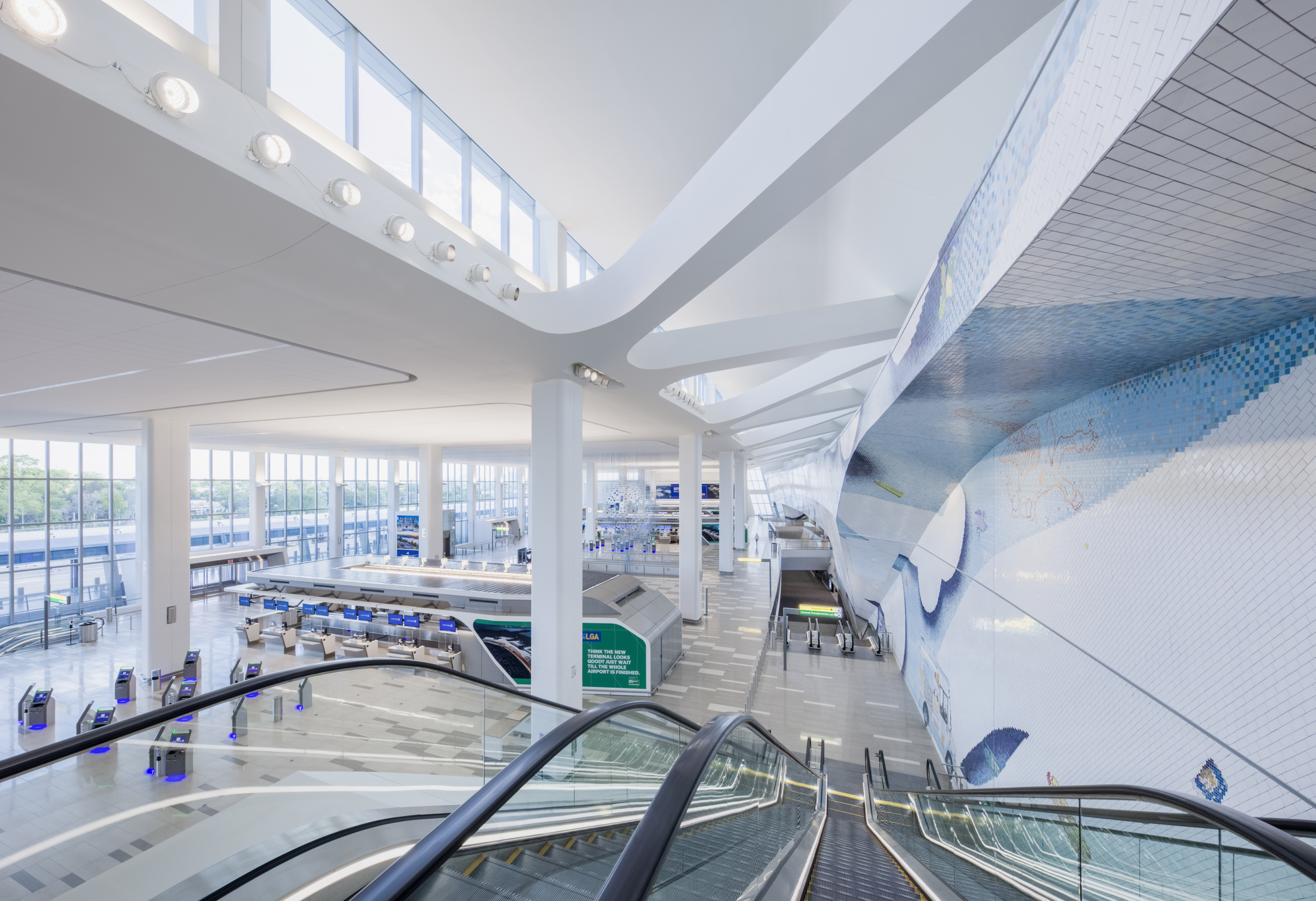
As a native New Yorker, I know firsthand the challenges of navigating the city’s bustling airports, but Delta’s hub at LaGuardia Airport (LGA) has always been a bright spot.
With its convenient location just minutes from Manhattan, LGA is a go-to choice for business travelers and weekend warriors.
I’ve been incredibly impressed by the ongoing renovations at LGA, which are transforming this hub into a state-of-the-art facility.
With its soaring ceilings and upscale amenities, the new Delta concourse is a testament to the airline’s commitment to elevating the travel experience.
While LGA primarily serves domestic routes, particularly to the East Coast and Midwest, it’s essential to Delta’s New York City operations.
With its unbeatable convenience and sleek new facilities, this hub ensures passengers can easily navigate the Big Apple and beyond.
8. Detroit Metropolitan Airport (DTW)
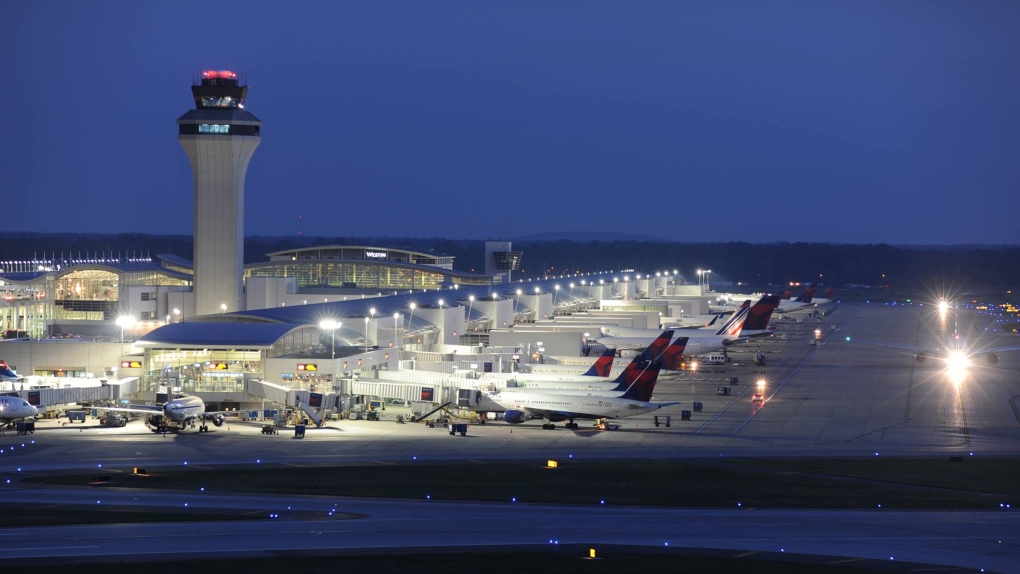
This sprawling hub is a key connecting point for flights across the United States, particularly to the East and West Coast.
I’ve always been impressed by Delta’s McNamara Terminal at DTW’s modern amenities and spacious layout. The Sky Club, with its ample seating and stunning tarmac views, is a welcome oasis during long layovers.
With over 500 daily departures to more than 130 destinations worldwide, DTW ensures passengers can easily reach their final destination.
But what sets DTW apart is its role as a major gateway to Asia.
With direct flights to destinations like Tokyo and Seoul, this hub is a vital component of Delta’s international network, easily connecting passengers from the Midwest to the Far East.
9. Salt Lake City International Airport (SLC)
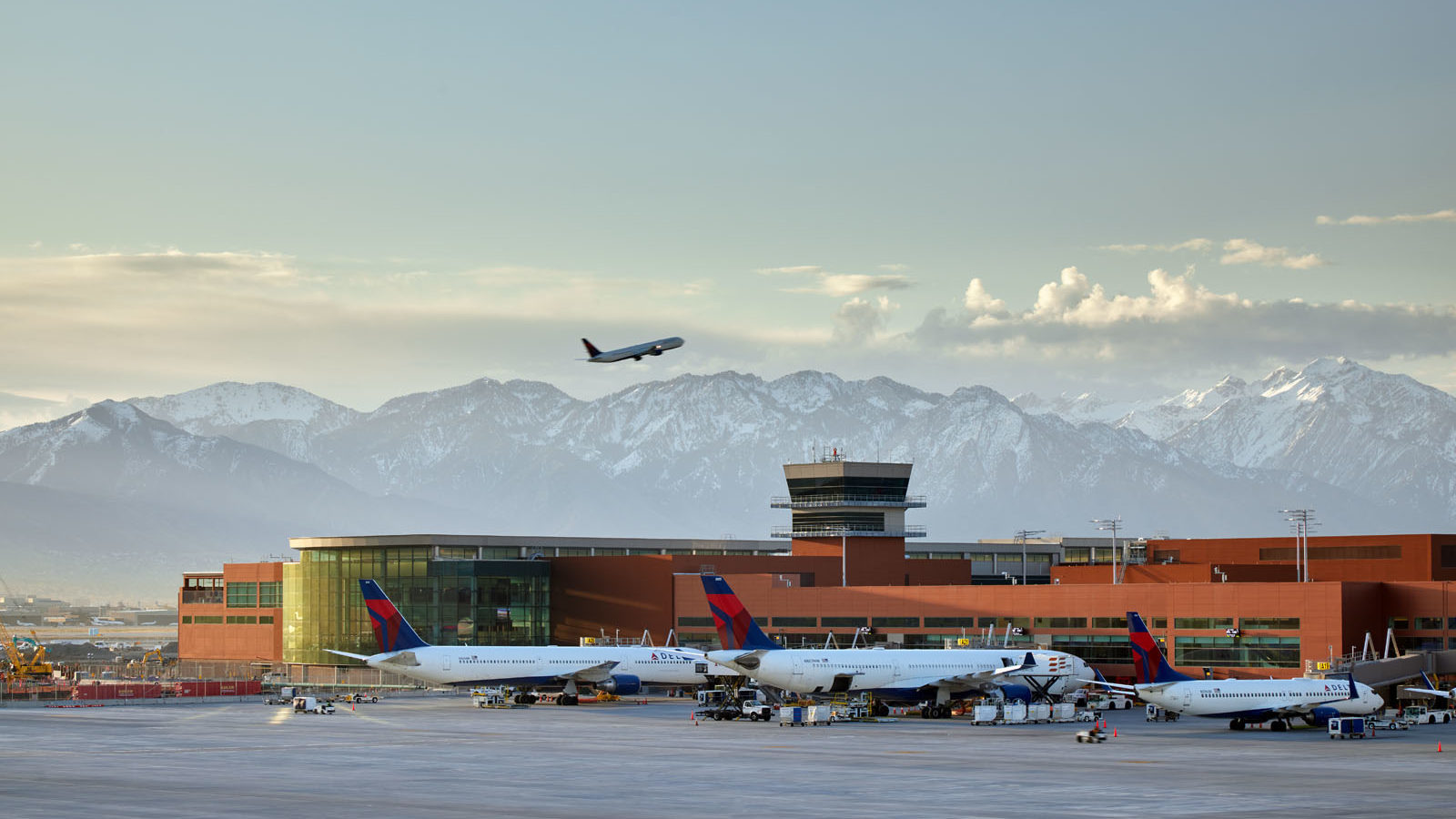
SLC is more than just a gateway to powder-packed slopes; it’s also a key connecting point for flights across the Western United States.
I’ve been thrilled to watch SLC’s ongoing transformation, including the construction of a new, state-of-the-art terminal that will elevate Delta passengers’ travel experience.
The new facilities, set to open in 2020, will feature modern amenities, improved accessibility, and stunning views of the surrounding Wasatch Mountains.
With its strategic location and strong regional route network, SLC is vital to Delta’s Western operations.
Whether you’re connecting to a flight to Denver or exploring Utah’s natural wonders, this hub ensures a seamless travel experience in the heart of the American West.
Exploring Delta’s International Hubs
Each international hub has its unique character and strengths, but they all share a common purpose: to provide seamless connectivity and exceptional service to Delta’s passengers.
From the tulip fields of Amsterdam to the iconic skyline of London, these hubs are the launching points for unforgettable adventures and meaningful connections.
So, grab your passport and join me as we explore Delta’s international hubs, discovering the unique qualities that make each one a vital part of the airline’s global success story.
1. Amsterdam Airport Schiphol (AMS)
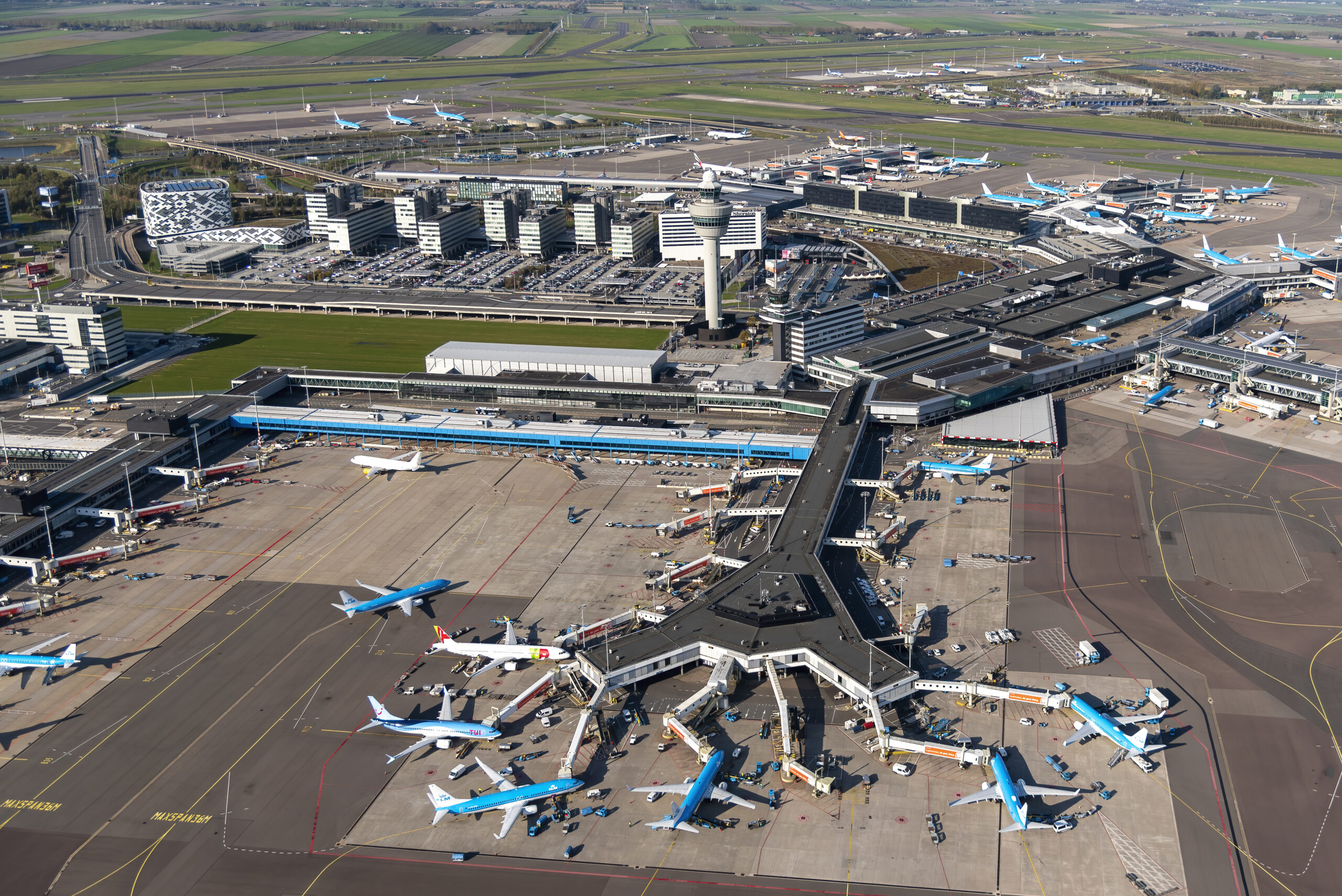
As a European travel enthusiast, I’ve always been impressed by the efficiency and convenience of Delta’s hub at Amsterdam Airport Schiphol (AMS).
This world-class airport, located just outside the vibrant city of Amsterdam, is a key gateway to Europe and beyond.
Delta’s partnership with KLM Royal Dutch Airlines ensures passengers can easily connect to destinations across Europe, Africa, and the Middle East from AMS.
The airport’s compact layout and excellent signage make navigating this hub a breeze, even for first-time visitors.
I love exploring the airport’s wide range of shopping and dining options, which include classic Dutch treats and high-end luxury brands.
With its commitment to sustainability and innovative technology, AMS is setting a new standard for the future of air travel.
2. London Heathrow Airport (LHR)
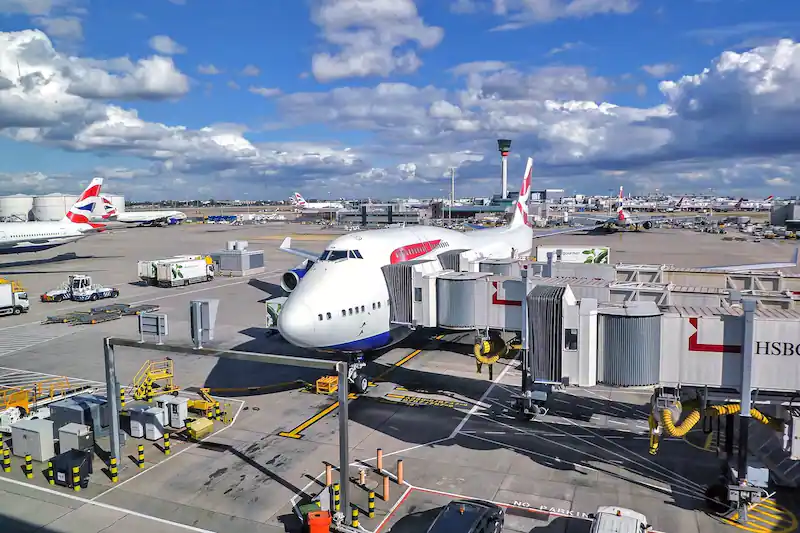
This iconic airport, located just outside the bustling city of London, is a vital gateway to Europe and a key connecting point for flights to the United States.
Delta’s partnership with Virgin Atlantic ensures that passengers can enjoy a seamless travel experience, with access to premium amenities like the Virgin Atlantic Clubhouse.
I’ve always been impressed by the efficiency of LHR’s Terminal 3, which houses Delta’s operations and offers a wide range of dining and shopping options.
LHR is a crucial component of Delta’s global network with its unbeatable location and strong transatlantic presence. It easily and stylishly connects passengers from the United States to Europe’s heart.
3. Paris Charles de Gaulle Airport (CDG)
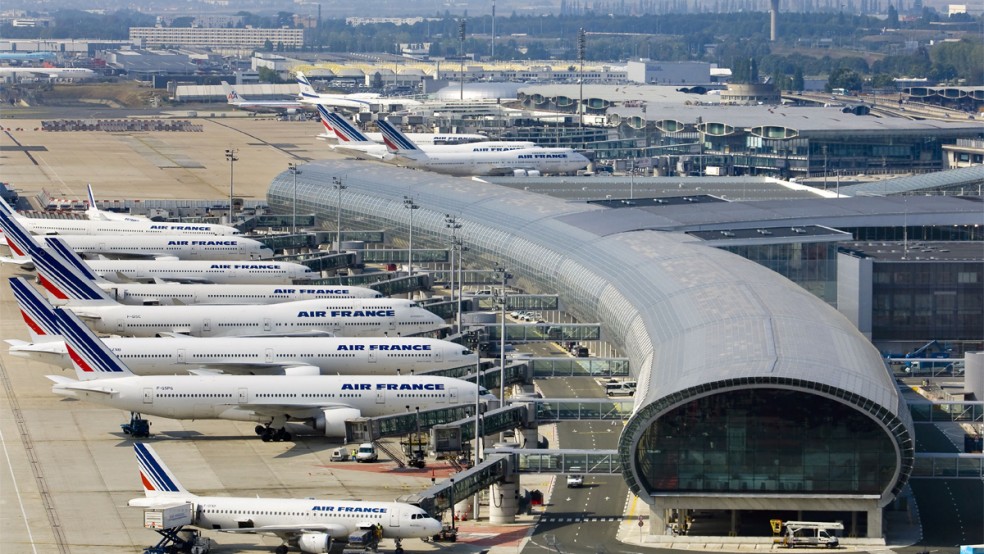
Paris Charles de Gaulle Airport (CDG) is the perfect gateway to this iconic city. But CDG is more than just a starting point for exploring the City of Light; it’s also a key connecting point for flights across Europe and Africa.
Delta’s partnership with Air France ensures that passengers can enjoy a seamless travel experience, with access to premium amenities like the Air France Lounge.
I appreciate the convenience of CDG’s Terminal 2E, which houses Delta’s operations and offers a wide range of dining and shopping options.
With its strategic location and strong European presence, CDG is an essential hub in Delta’s global network, ensuring that passengers can easily reach the iconic streets of Paris and beyond.
4. Mexico City International Airport (MEX)
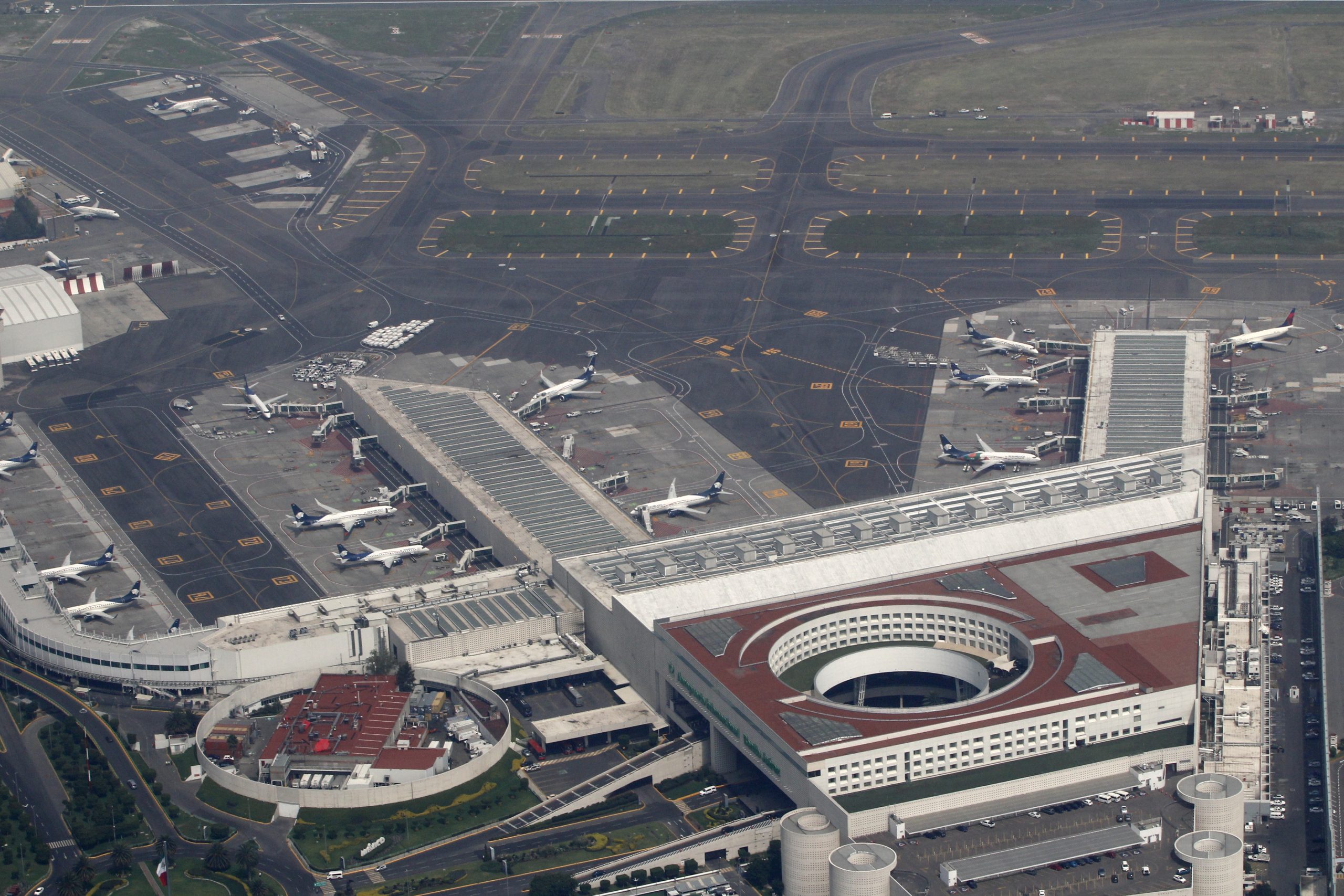
MEX is more than just a starting point for exploring the Aztec ruins and colorful streets of Mexico City; it’s also a key connecting point for flights across Latin America.
Delta’s partnership with Aeromexico ensures that passengers can enjoy a seamless travel experience, with access to a wide range of destinations across Mexico and beyond. I appreciate the convenience of MEX’s Terminal 2, which houses Delta’s operations and offers a variety of dining and shopping options.
With its strategic location and strong Latin American presence, MEX is an essential hub in Delta’s global network. It ensures that passengers can easily immerse themselves in Mexico’s and the region’s rich culture and history.
The Future of Delta’s Hubs: Expansion and Innovation
Airlines are investing in the future of travel. Delta is no exception, with many ongoing and upcoming projects aimed at enhancing the passenger experience and improving operational efficiency at its hubs.
During my recent trips through Delta’s hubs, I’ve witnessed firsthand the transformative power of these investments. From gleaming new terminals to cutting-edge technology, Delta is leaving no stone unturned in its quest to create the airport of the future.
One of the most impressive projects is the $3.9 billion renovation of Salt Lake City International Airport (SLC). When completed in 2024, this state-of-the-art facility will feature a new terminal, expanded concourses, and amenities designed to elevate the travel experience.
I can’t wait to explore the new SLC and see how it enhances Delta’s Western operations.
Another exciting development is the ongoing expansion of New York’s LaGuardia Airport (LGA). Delta’s new concourse, opened in 2019, is just the beginning of a multi-billion-dollar transformation that will create a unified, modern airport experience.
As a frequent traveler to New York City, I’m thrilled to see how these improvements will streamline my journeys through LGA.
But it’s not just about new buildings and shiny amenities. Delta also invests heavily in technology to improve operational efficiency and passenger convenience.
From biometric boarding to real-time baggage tracking, the airline harnesses innovation to create a more seamless travel experience.
As we look to the future, one thing is clear: Delta’s commitment to its hubs is unwavering.
By investing in expansion and innovation, the airline is positioning itself to meet the evolving needs of travelers like you and me.
Whether connecting through a gleaming new terminal or using cutting-edge technology to breeze through security, Delta’s hubs will continue to set the standard for excellence in air travel.
Final Thoughts
As we’ve seen throughout this comprehensive guide, Delta’s hubs are the backbone of the airline’s global success.
From the bustling skyline of Atlanta to the vibrant streets of Mexico City, these strategically located airports are vital in connecting passengers to the world.
Delta’s commitment to innovation and expansion at its hubs is a testament to its dedication to providing a seamless, world-class travel experience. As a frequent flyer, I’m excited to see how these ongoing investments will shape the future of air travel.
Whether you’re a seasoned globetrotter or a first-time flyer, understanding Delta’s hubs’ power and potential is key to unlocking the full benefits of the airline’s extensive network.
By leveraging these critical airports’ efficiency, connectivity, and amenities, you can elevate your travel experience and confidently explore the world.
So, the next time you find yourself at a Delta hub, take a moment to appreciate the incredible infrastructure and innovation surrounding you.
These airports are more than just gateways to your destination—they’re the key to unlocking a world of possibilities.


